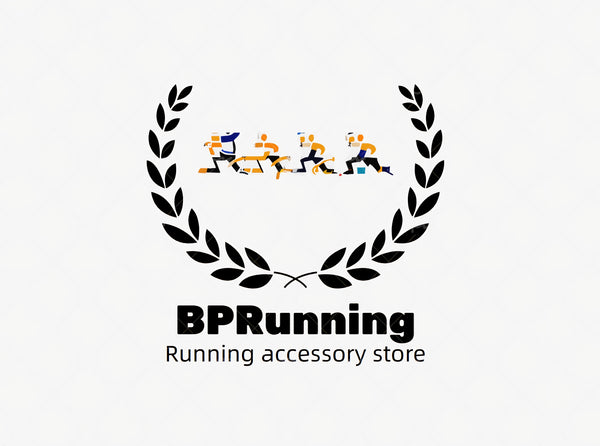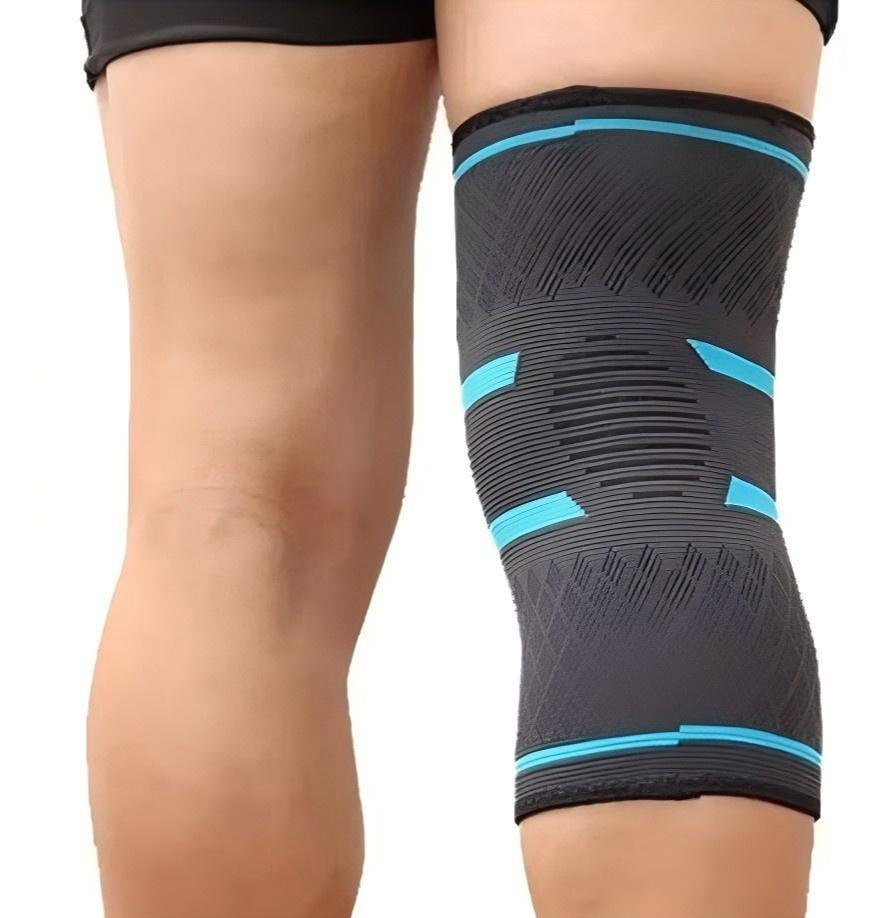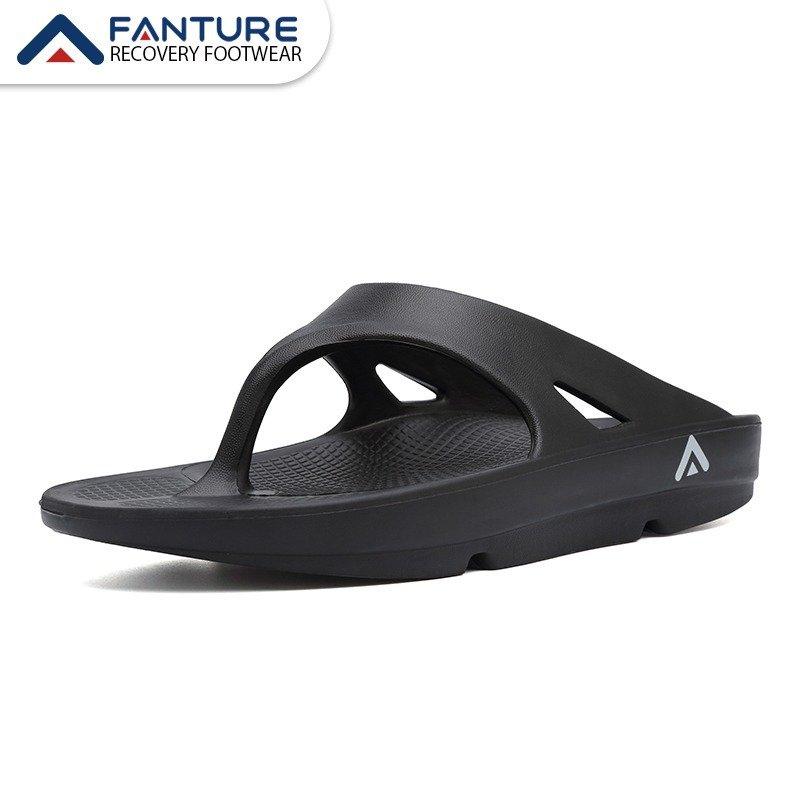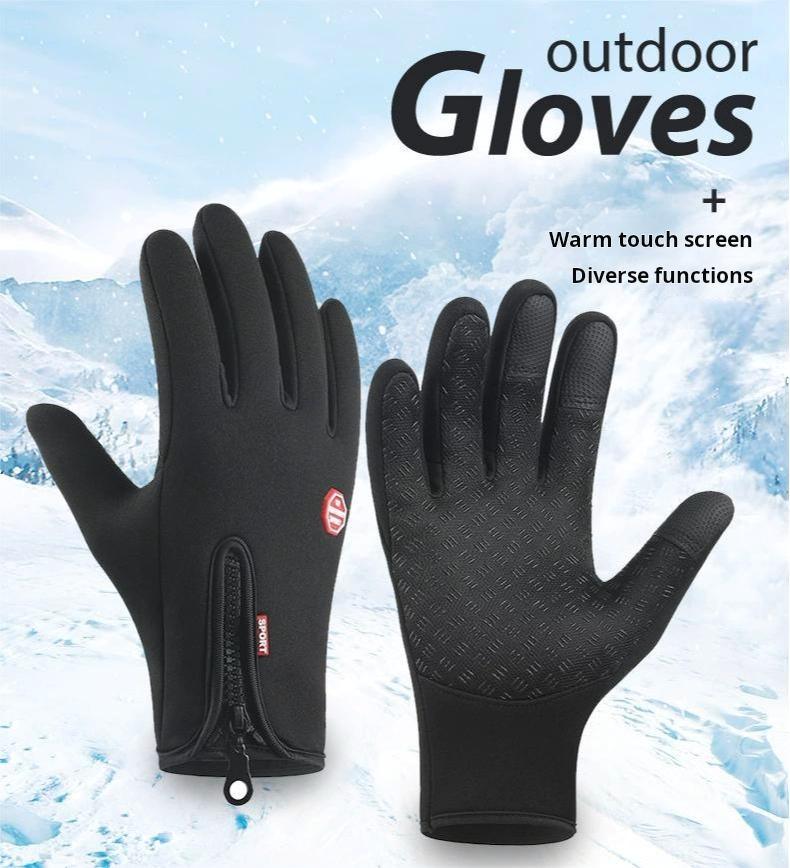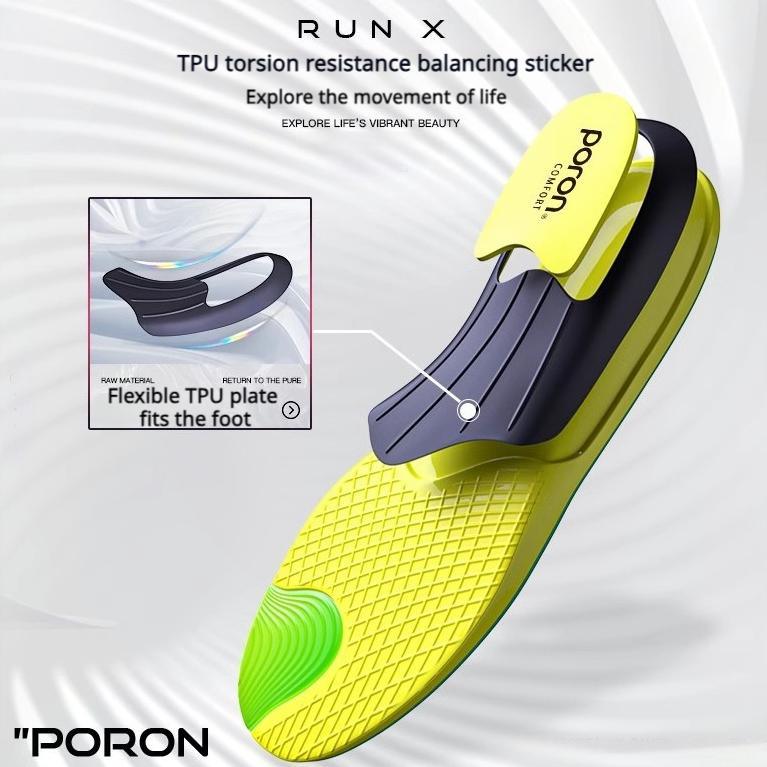
How Carbon Plate Insoles Can Transform Your Running Performance
Share
Have you ever wondered if carbon plate running shoes could actually make you faster? You're not alone. As a physiotherapist, I've delved into the research to explore whether these shoes truly enhance performance, their potential injury risks, and the best brands available. Here's what I found.

1. How Do Carbon Plate Running Shoes Work?
Carbon plate running shoes are designed to improve performance in two main ways. First, the carbon plate makes the shoe stiffer, enhancing energy return with each step for more spring in your stride. Second, the lightweight foam used in these shoes also contributes to energy return, potentially playing a larger role than the carbon plate itself.
2. Do They Really Work?
-
Research on Elite Athletes
Research shows mixed results for elite athletes. Studies indicate that male elite marathon runners wearing carbon plate shoes were about 2% faster, while females improved by around 2.6%. However, when comparing the same runners in regular versus carbon plate shoes, the improvement was only 0.8% for men and 1.6% for women. Another study found that 25% of male athletes saw no improvement at all, suggesting that while beneficial for some, results can vary. -
Research on Regular Runners
For recreational runners, studies are less definitive. One study found that at slower speeds, regular shoes actually provided better running economy than carbon-plated ones. However, a New York Times study involving over 500,000 Strava accounts found that runners improved their half marathon and marathon times by 3-4% with carbon-plated shoes. This suggests a potential benefit, though factors like improved training could also play a role.
3. Injury Risks of Carbon Plate Running Shoes
Switching to carbon plate shoes too quickly can increase injury risk, as they alter how the foot is loaded. One study reported navicular fractures in elite athletes, a serious injury common in endurance runners. Athletes who raced in these shoes without proper training experienced issues. Friends of mine also reported tendon strain when transitioning too quickly, emphasizing the need for a gradual adjustment.
4. Making a Safe Transition
If considering carbon plate shoes, transition slowly to allow your body to adapt. Start with short runs, gradually increasing distance, and pay attention to any discomfort. This careful approach can help mitigate injury risks.
Carbon plate running shoes can boost performance, especially for elite or dedicated runners. However, results vary, and careful transition is key to avoiding injuries. While they offer an edge, overall fitness and training are crucial. If you try them, ease in gradually and pay attention to your body's response. Check out BPRunning carbon plate insoles for an upgrade.
